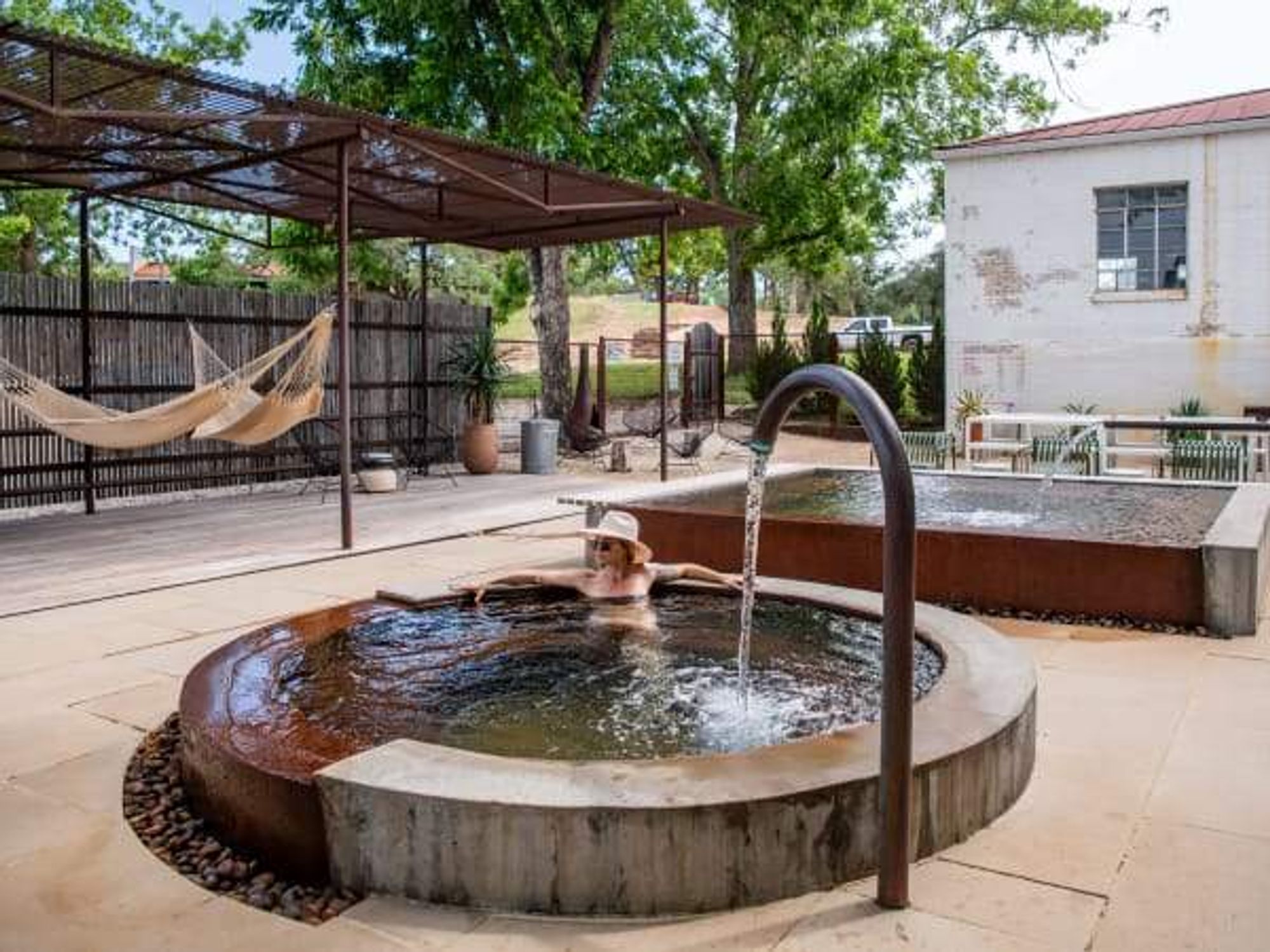Bye-bye I-35?
We’re one big step closer to getting from Austin to Dallas in under 20 minutes

A 19-minute trip from Austin to Dallas is a few miles closer to reality. A proposed project that would connect Austin, Dallas, Houston, Laredo, and San Antonio via a futuristic pod-and-tube system is now one of four U.S. finalists in a global transportation contest.
Hyperloop One, the company behind this transportation innovation, designated the envisioned 640-mile, five-city Texas Triangle system as a finalist on Thursday, September 14. The three other U.S. finalists in the Hyperloop One Global Challenge are:
- A 488-mile system linking Chicago; Columbus, Ohio; and Pittsburgh
- A 360-mile system linking Cheyenne, Wyoming; Denver; and Pueblo, Colorado
- A 257-mile system linking Miami and Orlando
The brains behind the proposed Texas Triangle project say a Hyperloop trip from Austin to Dallas would take 19 minutes, compared with three or more hours by car and four or more hours by bus. Hyperloop passenger pods would reach speeds of up to 700 mph.
The north-south leg of the Hyperloop system in Texas would run from Dallas to Laredo, while the east-west leg would operate between San Antonio and Houston. A trip from Austin to San Antonio purportedly would last nine minutes, while a trek from Dallas to Houston would take 45 minutes.
“Hyperloop One will now work closely with each winning team to validate and analyze their proposals further, and provide initial ridership forecasts, business case, and preliminary technical analysis of the route and corridor, tailored to the needs of the individual route,” Hyperloop says in a release.
In May 2016, Hyperloop One invited innovators, universities, businesses, and government agencies to develop regional proposals for a Hyperloop system. Hyperloop says the 10 global finalists were picked based on whether a project had well-defined routes and implementation strategies, significant stakeholder involvement, a “compelling” business case, and an “innovative and creative” approach to building a Hyperloop system.
Here is Hyperloop’s description of how one of its systems will work:
“With Hyperloop One, passengers and cargo are loaded into a pod, and accelerate gradually via electric propulsion through a low-pressure tube. The pod quickly lifts above the track using magnetic levitation and glides at airline speeds for long distances due to ultra-low aerodynamic drag.”
This summer, Hyperloop successfully carried out a test in Nevada of its concept. Hyperloop expects to have three full-scale systems up and running by 2021.
Shervin Pishevar, co-founder and executive chairman of Hyperloop, says the Hyperloop One Global Challenge “became a movement of thousands of people from more than 100 countries over six continents. Like us, they believe that Hyperloop will not only solve transportation and urban development challenges within communities, it will unlock vast economic potential and transform how our cities operate and how we live.”
Tesla and SpaceX legend Elon Musk first floated the Hyperloop concept in 2013.

 Dripping Springs Social is the perfect venue for an escape into the Hill Country. Photo courtesy of Vrbo
Dripping Springs Social is the perfect venue for an escape into the Hill Country. Photo courtesy of Vrbo